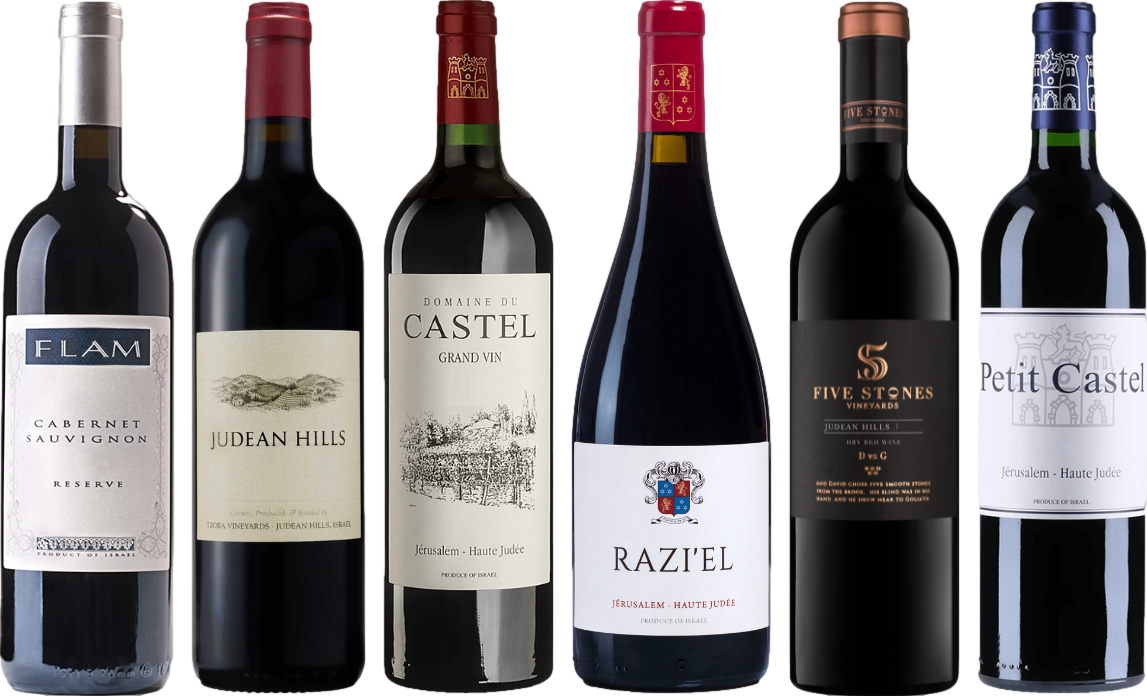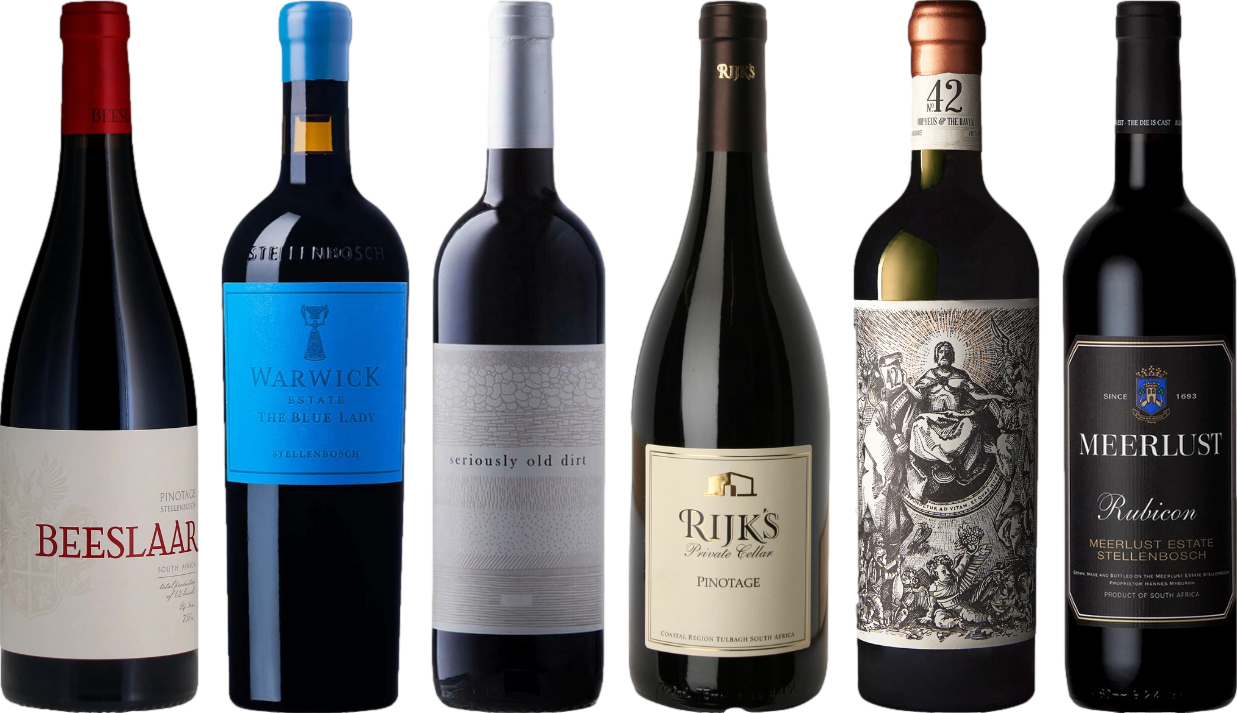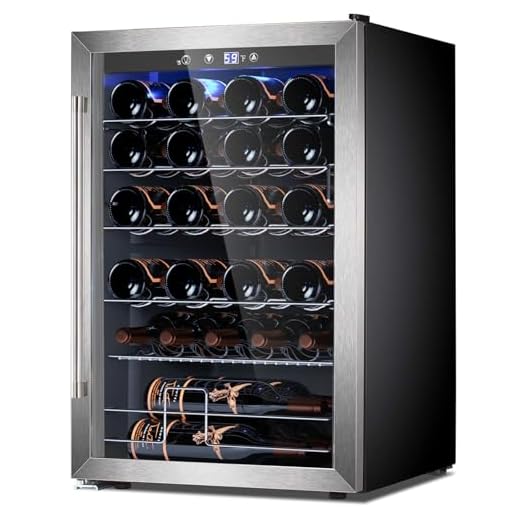



Typically, an unopened bottle of this varietal can maintain its quality for about 3 to 5 years. However, certain premium selections may last much longer, sometimes even up to a decade or more if stored properly. The key factors influencing longevity include the type of grape, region of origin, and the overall quality of the vintage.
Storing these bottles in a cool, dark place with a stable temperature is essential. Aim for a range between 50°F to 65°F. Avoid exposure to light and fluctuations in temperature, as these conditions can accelerate deterioration. Humidity levels should also be monitored, ideally around 70%, to keep corks from drying out.
It’s important to consider the varietal characteristics; some may develop complexity with age, while others are best enjoyed fresh. For instance, bold wines with higher tannin content can improve over time, whereas lighter styles are generally meant for immediate enjoyment. Always check the specific recommendations for each bottle to ensure optimal tasting experiences.
Optimal Storage Duration for Sealed Bottles
An unopened bottle can remain in prime condition for 3 to 10 years, depending on its type and quality. Generally, higher-quality selections from reputable regions can last longer. For example, vintage varieties often benefit from aging, while everyday options are best enjoyed within a shorter timeframe.
Factors Influencing Longevity
Several elements affect how long a bottle retains its character:
| Factor | Impact on Duration |
|---|---|
| Quality of Grapes | Higher quality grapes lead to better aging potential. |
| Alcohol Content | Wines with higher alcohol content often last longer. |
| Storage Conditions | Cool, dark environments with stable temperatures are ideal. |
| Closure Type | Cork closures generally allow more aging than screw caps. |
Recommendations for Enjoyment
To maximize flavor and aroma, consider consuming an unopened selection within the recommended timeframe based on its characteristics. Check for specific vintage notes or producer recommendations to ensure optimal enjoyment. Avoid exposure to light and temperature fluctuations to maintain quality until it’s time to savor the contents.
Understanding the Shelf Life of Red Wine
Unopened bottles can typically maintain quality for three to five years, although some varietals may last even longer. Storage conditions play a significant role in preserving flavor and integrity. Keep bottles in a cool, dark place with stable temperatures, ideally between 50°F and 55°F.
Factors influencing longevity include the type of grapes used, the winemaking process, and the alcohol content. Higher tannin levels and acidity often contribute to better aging potential. Seek out reputable producers, as their wines generally age more gracefully.
Check for any signs of damage to the label or cork, which can indicate poor storage conditions. If a bottle has been stored improperly, even a wine with a long aging potential may not be enjoyable. Always ensure that the cork remains intact and the seal is unbroken.
It’s advisable to keep track of the vintage year; older vintages may require more careful handling. If uncertain about a specific bottle, consider consulting a local expert or sommelier who can provide tailored advice based on your collection.
Factors Influencing Wine Longevity
Several key elements determine the lifespan of bottled fermented grape beverage, impacting its preservation and evolution over time.
- Varietal Characteristics: Different grape types possess unique traits affecting aging potential. Tannins, acidity, and sugar levels play crucial roles. Bold varieties like Cabernet Sauvignon often outlast lighter options such as Pinot Noir.
- Storage Conditions: Temperature stability is vital. Ideal ranges are between 50°F and 55°F. Fluctuations can accelerate deterioration. Humidity levels should be around 70% to prevent cork drying, which allows oxygen infiltration.
- Packaging: The type of closure matters. Natural corks allow minimal oxygen exchange, which is beneficial for aging. Synthetic corks and screw caps can vary in oxygen permeability, affecting maturation.
- Vintage Influence: Harvest year influences quality. Favorable weather conditions yield superior grapes, contributing to better aging potential. Research the vintage before purchasing for insights on longevity.
- Winemaking Techniques: Techniques such as barrel aging and malolactic fermentation enhance complexity and longevity. Wines crafted with care often have better aging potential.
- Alcohol Content: Higher alcohol levels can contribute to preservation. Generally, wines above 13.5% alcohol tend to have a longer shelf life, as alcohol acts as a preservative.
Understanding these factors equips you to make informed decisions regarding your bottled treasures, ensuring optimal enjoyment over time.
Best Storage Conditions for Unopened Bottles
Maintain a temperature of 50-55°F (10-13°C). Sudden temperature fluctuations can negatively impact the contents, so invest in a reliable wine refrigerator or store in a cool, dark place.
Humidity should range between 50-80%. This prevents corks from drying out and ensures a proper seal. Utilize a hygrometer to monitor levels, adjusting as necessary with a humidifier or dehumidifier.
Light and Vibration Control
Keep bottles away from direct sunlight and bright artificial light. Ultraviolet rays can degrade the quality of the liquid. Store in a dark environment or use UV-filtering glass if display is necessary.
Avoid areas with heavy foot traffic or appliances that produce vibrations. These can disturb sediment and affect maturation. A dedicated wine rack in a quiet spot is ideal.
Positioning the Bottles
- Store horizontally to keep the cork moist, preventing air from entering.
- Keep labels facing up for easy identification and to avoid damaging the cork.
Regularly check on your collection, ensuring optimal conditions are maintained. Proper storage will significantly enhance the enjoyment of each pour when the time comes to uncork.
Signs of Aging in Unopened Bottles of Red
When evaluating the condition of a sealed bottle of crimson nectar, observe the label. A faded or discolored label could indicate improper storage, suggesting the contents may be compromised. Look for signs of leakage around the cork; this may reveal that air has infiltrated, affecting the integrity of the beverage.
Cork Condition
The cork itself offers clues. If it appears dry or shriveled, the seal may be broken, allowing oxygen to alter the flavor profile. A cork that has expanded out of the neck can signal potential spoilage. Fresh corks should remain snug within the bottle, preserving the wine’s quality.
Color and Clarity
While you cannot assess the hue and clarity without opening the bottle, consider the vintage and varietal characteristics. If you know the wine type, research typical aging traits. Occasionally, a bottle may develop an undesirable browning or haziness, suggesting oxidation. Proper aging should enhance complexity, not detract from it.
Comparing Different Types of Red Wine
Cabernet Sauvignon typically remains optimal for 7 to 10 years, although some high-quality bottles can age gracefully for decades. Merlot, on the other hand, generally peaks within 5 to 7 years. Pinot Noir is more delicate, often best enjoyed within 3 to 5 years, especially if it’s a lighter style.
Syrah/Shiraz can vary significantly, with bold examples lasting up to 15 years, while lighter versions are recommended for consumption within 5 to 7 years. Zinfandel usually holds its character for about 5 to 8 years, with some premium selections capable of lasting longer.
To maximize enjoyment, consider the varietal characteristics and intended drinking window. It’s also worth exploring the influence of terroir and winemaking techniques, as these factors can significantly impact aging potential.
For those venturing into wine storage, investing in a reliable pressure washer for car wash business might seem unrelated, but maintaining cleanliness and organization in your wine cellar or storage area ensures optimal conditions for your bottles.
Tips for Maximizing the Freshness of Unsealed Bottles
Store bottles in a dark place, away from direct sunlight. UV rays can degrade quality, leading to undesirable flavors.
Maintain a consistent temperature between 50°F and 60°F (10°C to 15°C). Fluctuations can negatively impact the liquid’s integrity.
Keep bottles horizontal to ensure the cork remains moist. A dry cork can lead to oxidation and spoilage.
Avoid areas near heat sources, such as ovens or radiators. Heat can accelerate the aging process and diminish taste.
Consider using a wine fridge for optimal storage. These units are designed to maintain ideal conditions for preservation.
Limit exposure to vibrations. Frequent movement can disturb sediment and disrupt aging.
Regularly check the cork for signs of deterioration. If it appears crumbly or dry, the contents may be compromised.
Purchase from reputable sources. Quality control at the retailer level significantly affects longevity.
Document purchase dates and intended consumption. This practice helps in planning and enjoying at peak quality.
Lastly, trust your palate. If a bottle tastes off, it’s best to avoid consuming it. Your taste buds are the final judge.
FAQ:
How long can I keep an unopened bottle of red wine before it goes bad?
An unopened bottle of red wine can generally last from 3 to 20 years, depending on the type of wine and how it is stored. Most red wines are best consumed within 5 to 10 years after bottling, while premium wines, such as Bordeaux or Barolo, can age well for decades if kept in the right conditions. Proper storage in a cool, dark place with a stable temperature is key to maintaining the wine’s quality over time.
What factors influence the shelf life of unopened red wine?
The shelf life of unopened red wine is influenced by several factors, including the type of grape used, the wine’s acidity, tannin levels, and the presence of preservatives like sulfur dioxide. Additionally, how the wine is stored plays a significant role. Wines stored in a temperature-controlled environment away from direct sunlight and vibrations tend to preserve their quality longer. For example, a robust wine with higher tannins and acidity may last longer than a lighter wine.
Can I drink a bottle of red wine that has been unopened for more than 10 years?
Drinking a bottle of red wine that has been unopened for more than 10 years is possible, but it depends on the specific wine. If the wine is of high quality and was made for aging, it may still be enjoyable. However, if it is a more common or lower-quality wine, it might have deteriorated in taste. It’s best to check the wine for any signs of spoilage, such as a cork that is pushed out or a cloudy appearance. If everything looks fine, consider tasting it to see if it has retained its flavor.









